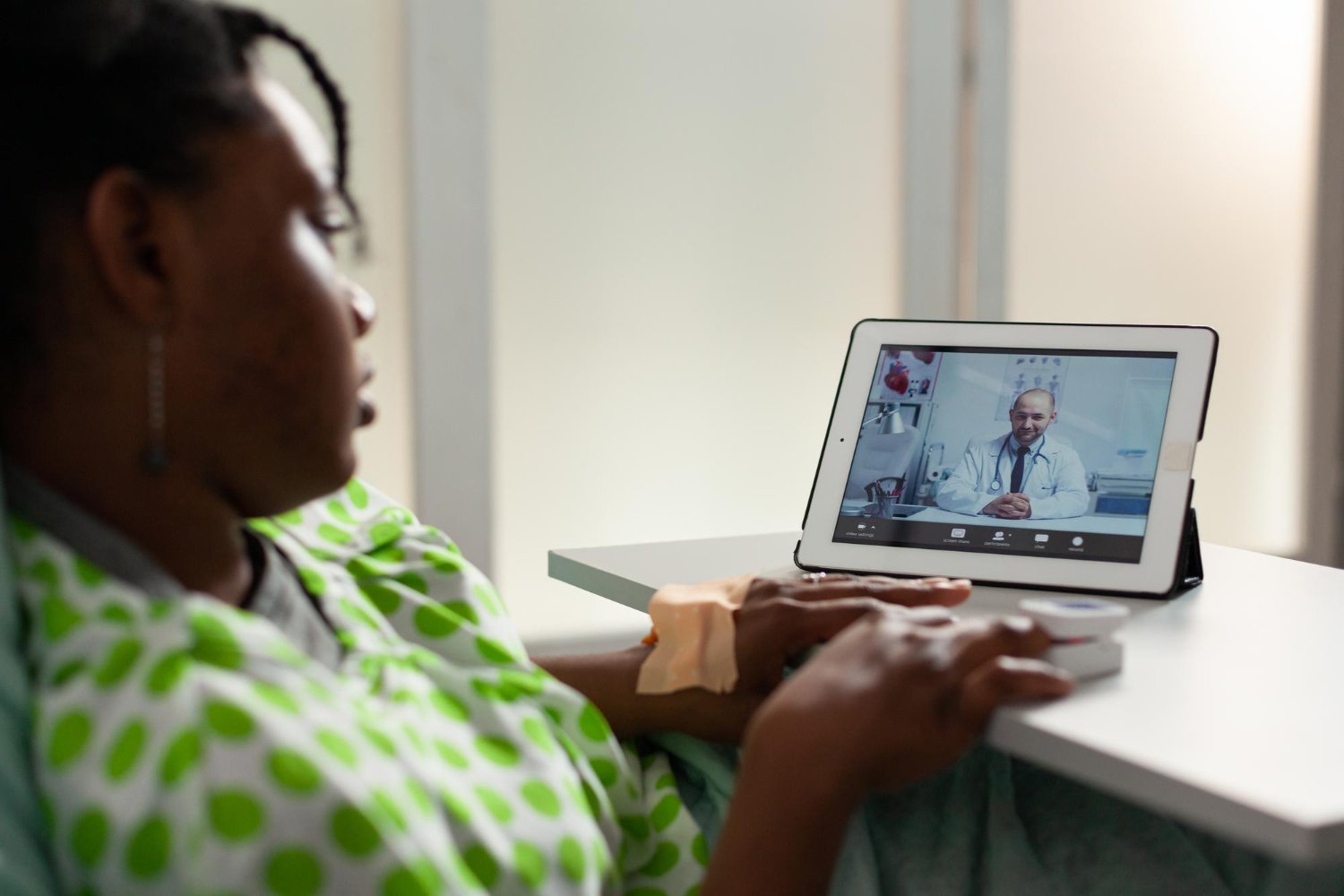As we know, the COVID-19 pandemic has forced many therapists to switch to providing teletherapy appointments. Even though this may be a new experience for some, there are actually many benefits to having therapy sessions online. For example, you can have therapy from the comfort of your own home, and you don’t have to worry about travel time or childcare.
However, some challenges come with teletherapy appointments. For example, it can be difficult to establish a rapport with your therapist when you’re not meeting in person, and it can be easy to get distracted during the session. If you want to schedule a new appointment for teletherapy check here. Here are some tips on how to actually have a successful teletherapy appointment:
Prepare for the Appointment Early
Early preparation is key to having a successful teletherapy appointment. Make sure you have a quiet, private space for your session and that you won’t be interrupted during the appointment. It can also be helpful to have a notepad and pen handy so that you can take notes during the session.
Make your session private by letting others know not to disturb you during that time. If you have kids and the appointment might be lengthy, you may want to reschedule the appointment and do it during nap time or when someone can watch them.
Get Your Equipment Ready
A teletherapy requires a series of tools for the session to run smoothly. Getting these devices ready and having a test run before the actual appointment will help the session go more smoothly.
Check Your Internet Connection: One of the most important things to do before a teletherapy appointment is to check your internet connection. Make sure you have a strong and stable connection, so there are no interruptions during the session.
Check Your Devices: Different online meeting platforms have different device requirements. Some are accessible through a smartphone, laptop, or tablet, while others require a special app or software to be downloaded. If you don’t know if your device is compatible with your platform, do a test run before the appointment. You can also ask your therapist or Google it.
Test Your Device Microphone and Headphones/Earphones: If your teletherapy session is an interactive one, meaning that you will be talking to your therapist, you need to test your device’s microphone and headphones/earphones before the actual appointment. This is to make sure that your therapist can hear you clearly, and that you can hear them as well.
Test the Camera: Does your appointment require you to be on camera? And if so, is your webcam working properly? You’ll want to ensure that the image and sound quality are good before the session starts. It can be helpful to do a test run with a friend or family to ensure everything is working properly.
Be Early
It’s always a good idea to be early for an appointment, whether in person or online. This way, you can ensure everything is set up and working properly. If you’re using a new platform or device for your teletherapy session, it’s especially important to be early to troubleshoot any problems that may arise.
Follow the Therapist’s Lead
Your therapist will likely have a specific way that they want to conduct the teletherapy session. It’s important to follow their lead and instructions to make the session as productive as possible.
Be Engaged
Just because you’re not meeting in person doesn’t mean that you can’t be engaged in the session. Make sure to pay attention and participate in the conversation. It can be easy to get distracted when you’re not in the same room as your therapist, but focusing on the task at hand is important. Focus on the therapist and what they’re saying, and try to forget about any distractions in your environment.
Take Notes
Taking notes during your teletherapy session can help you keep track of what was discussed. You can also refer to your notes after the session to help you remember what was covered.
Be Honest and Ask Questions
Your honesty is important in any therapy session, but it’s especially important in a teletherapy session. Be honest with your therapist about how you’re feeling and what’s going on in your life. Don’t be afraid to ask questions if you don’t understand something. It’s better to ask for clarification than to pretend like you understand when you don’t.
Make a Follow-Up Appointment
After your teletherapy session, make sure to schedule a follow-up appointment. This can be done through the online platform you’re using or by contacting your therapist directly. Follow-up appointments are important in continuing your progress and ensuring that you’re on the right track.
Teletherapy has become a popular option for therapy in recent years. It’s a convenient and effective way to receive therapy, and it can be done from the comfort of your own home. If you’re thinking about trying teletherapy, or if you already have a teletherapy appointment scheduled, these tips will help make it a successful session.
